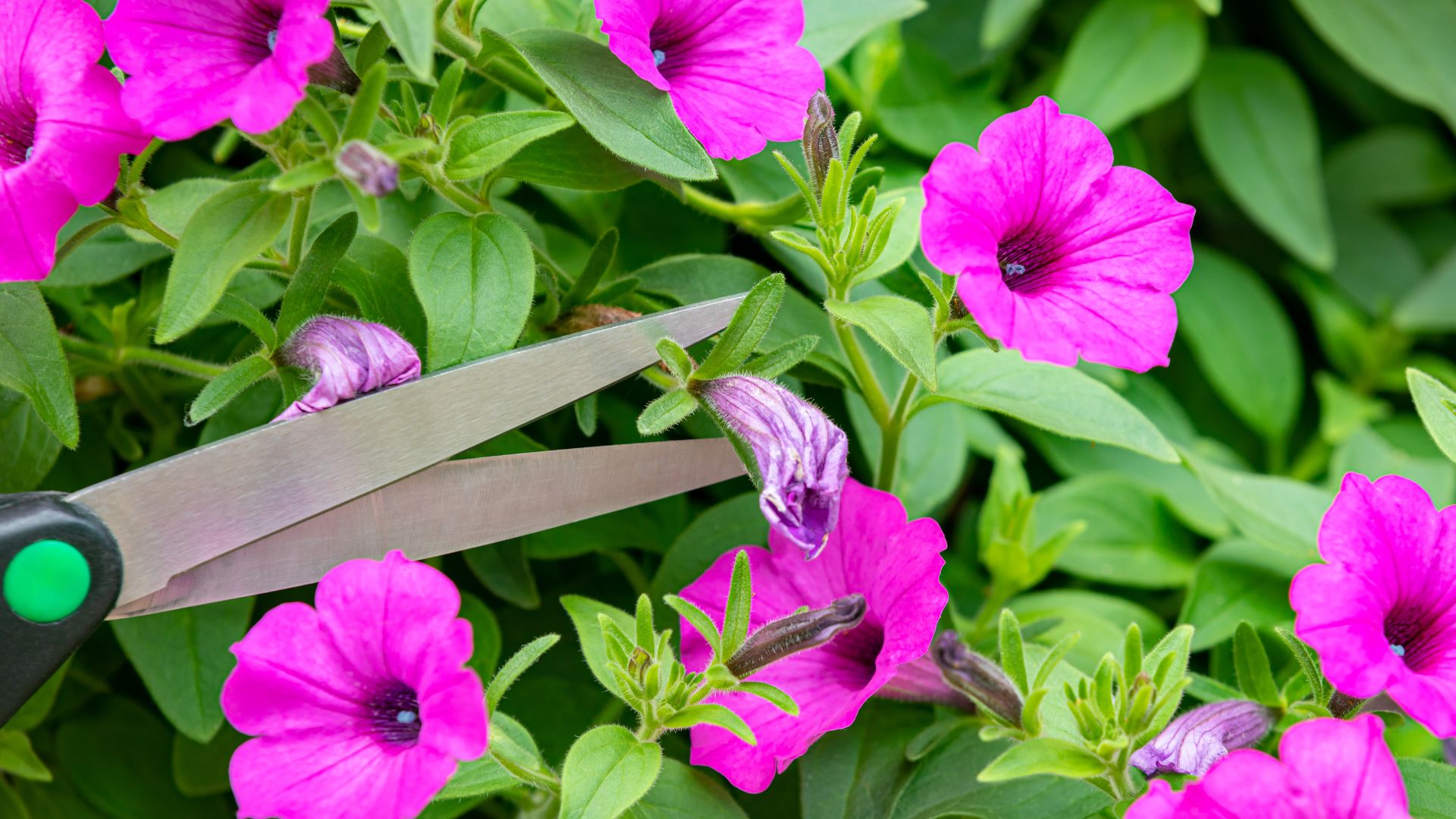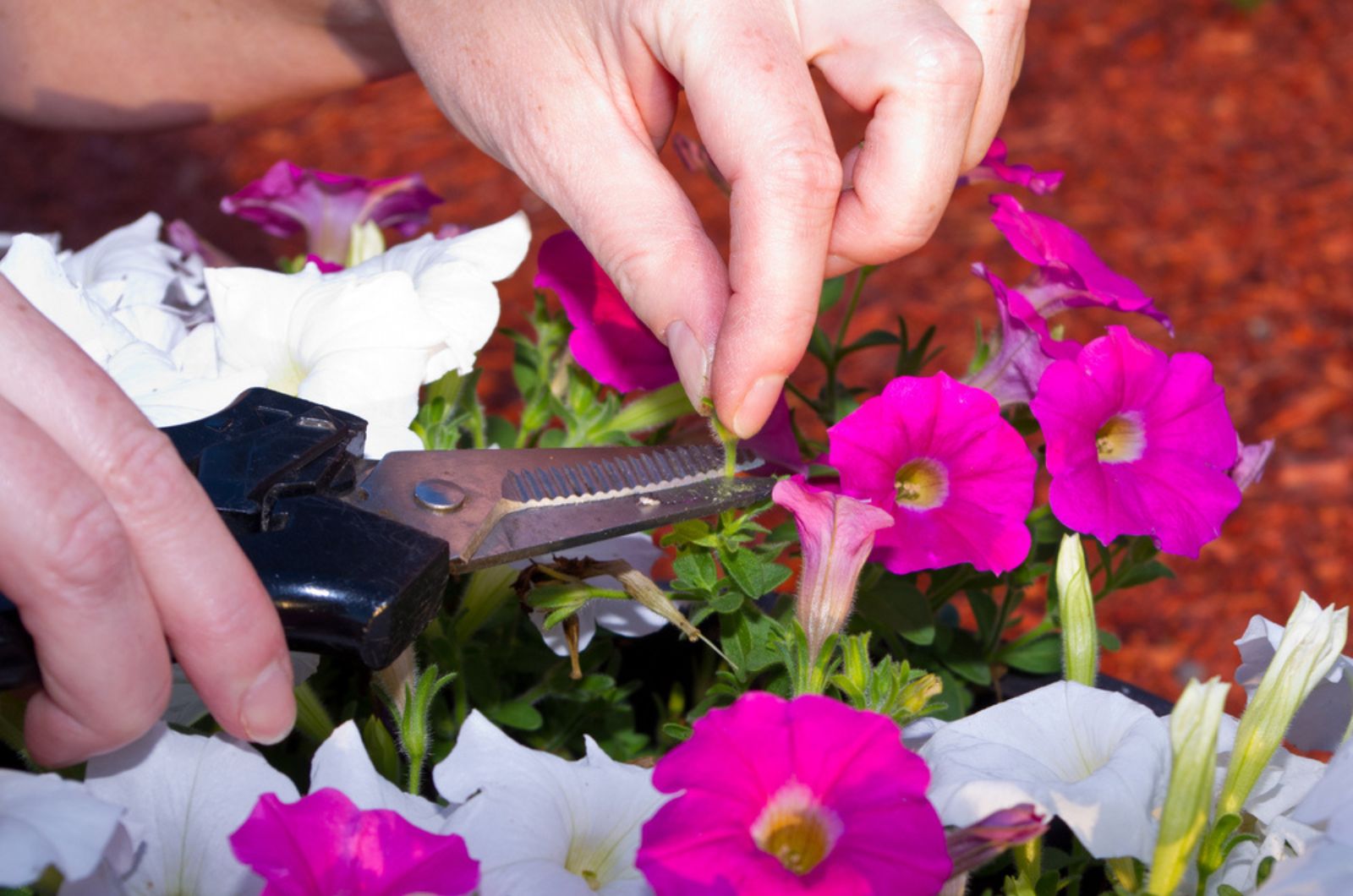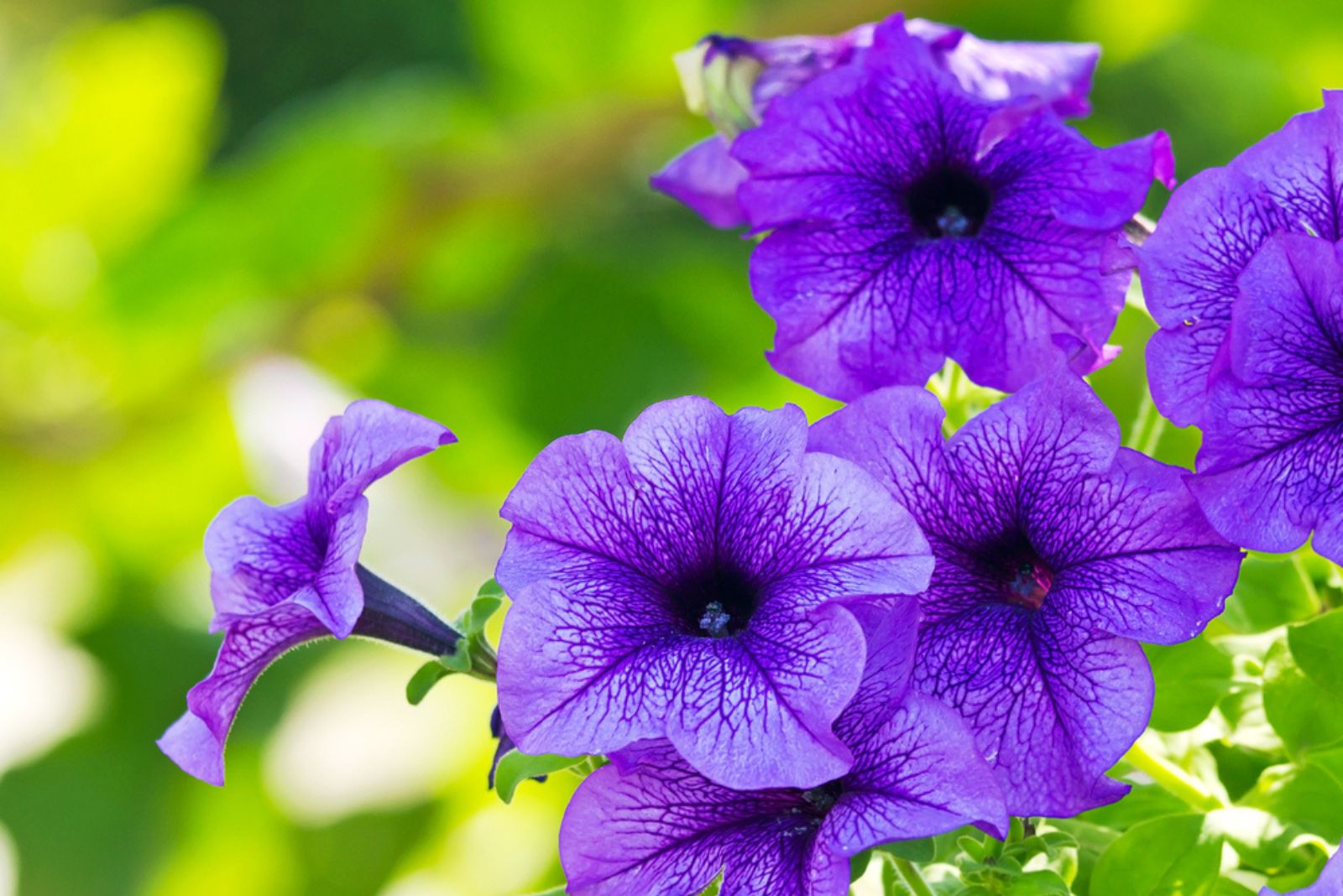We can all agree that petunias are a staple in ornamental gardens. They flower from spring until frost, so what’s not to love?
Petunias come in an array of colors, but they don’t always look their best. Why? It’s because we neglect them!
Deadhead these flowers the right way, and they will be gorgeous all season long. Here’s the common mistake we should all steer away from.
Let’s get started!
Removing The Petals Only
The common mistake gardeners make when deadheading their petunias is removing the petals only. If you examine this flower, you’ll see that they grow from a conical tube.
You should remove the entire flower head – the petals, tube, and tiny stem attached to the flower head. This will ensure you get another flush of flowers soon after.
Also, petunias can self-seed, which makes them a potential hazard to your garden. They can take over your landscape if you don’t get rid of their flowers before they go to seed.
That’s another reason to remove the entire flower head – tube and all. It is the tube that stores the seeds. Leave it on the plant, and you’ll get new petunias sprouting around your garden.
It may sound like fun now, but wait until it starts choking out your other plants…
When deadheading petunias, wait until the flowers fade. They will be crunchy or soggy, depending on the weather conditions. Pinch them off with your fingers and use clean scissors for more stubborn ones.
Pro tip: Grow your petunias in hanging baskets to avoid bending when deadheading them.
Keep Your Petunias Looking Gorgeous
Deadheading is the key to landscaping with petunias. It will keep your plants looking amazing until the frost kills them.
Stay on top of this chore by monitoring your plants every day – or at least once a week. Remove the spent flowers as they appear and your petunias will always be in bloom.
When deadheading, make sure to prune the leggy stems. It will give your plant a bushier appearance and more flowers. Trim half the size of elongated stems and you’ll have the prettiest petunias in the neighborhood.
And if you can’t check and prune your petunias all the time, look for self-cleaning varieties. Wave petunias and supertunias are some varieties that lose their waning petals in the wind.
But what about their seeds, you may wonder? Well, you can go with sterile supertunias and they won’t sprout all over your yard.
Yet, this may not be ideal for those who want their petunias to come back year after year. Although, you can multiply petunias from cuttings.



